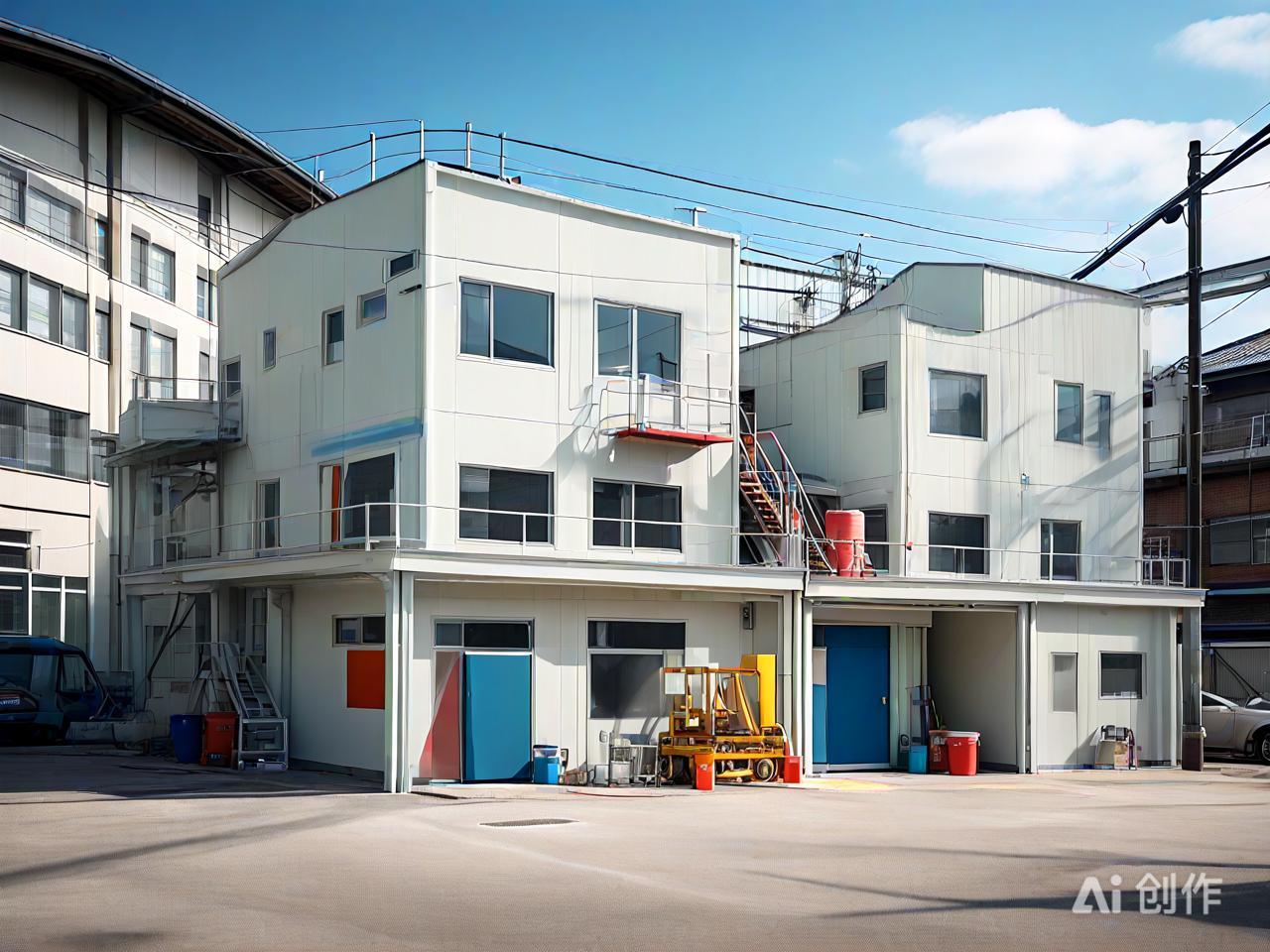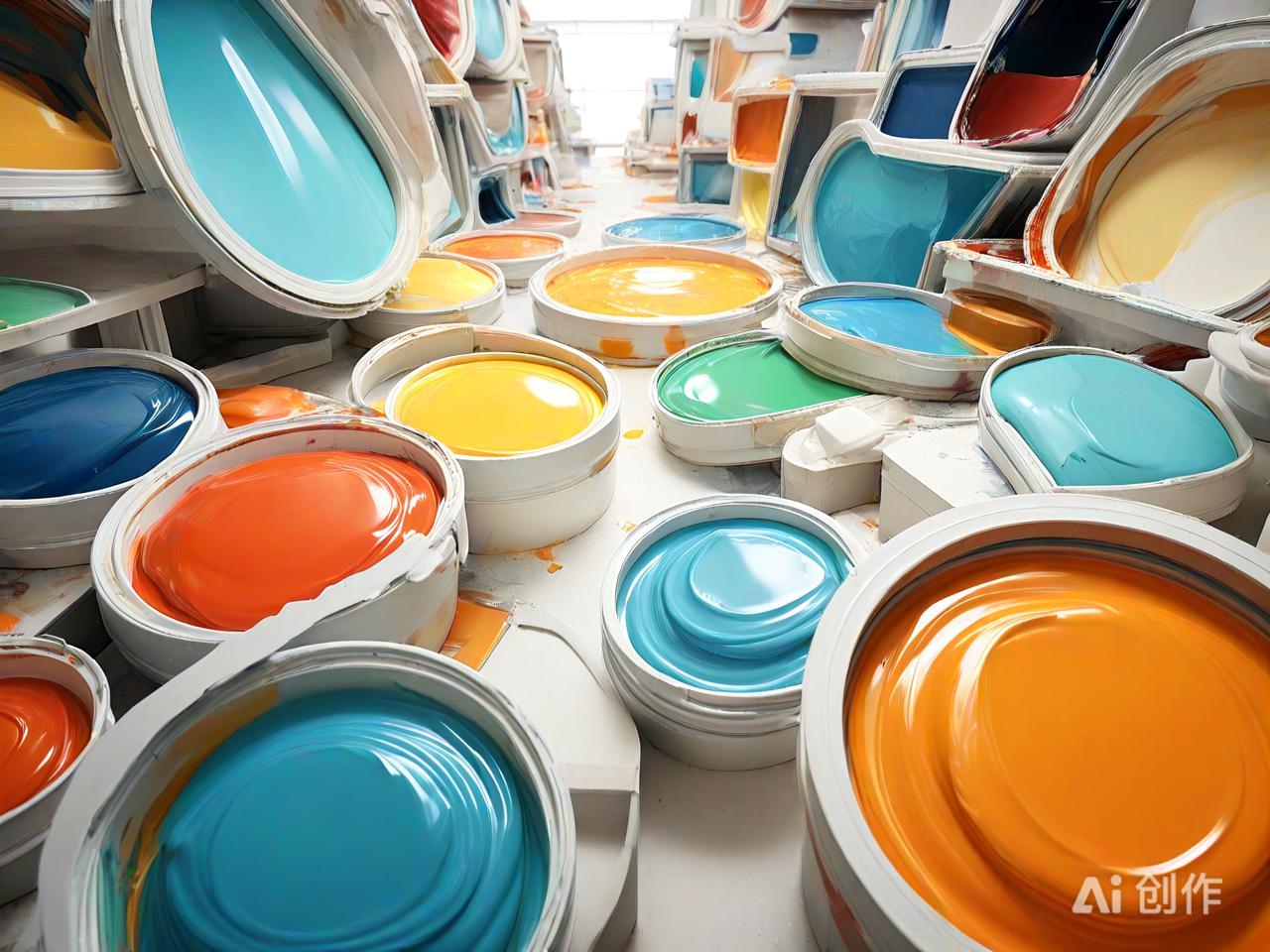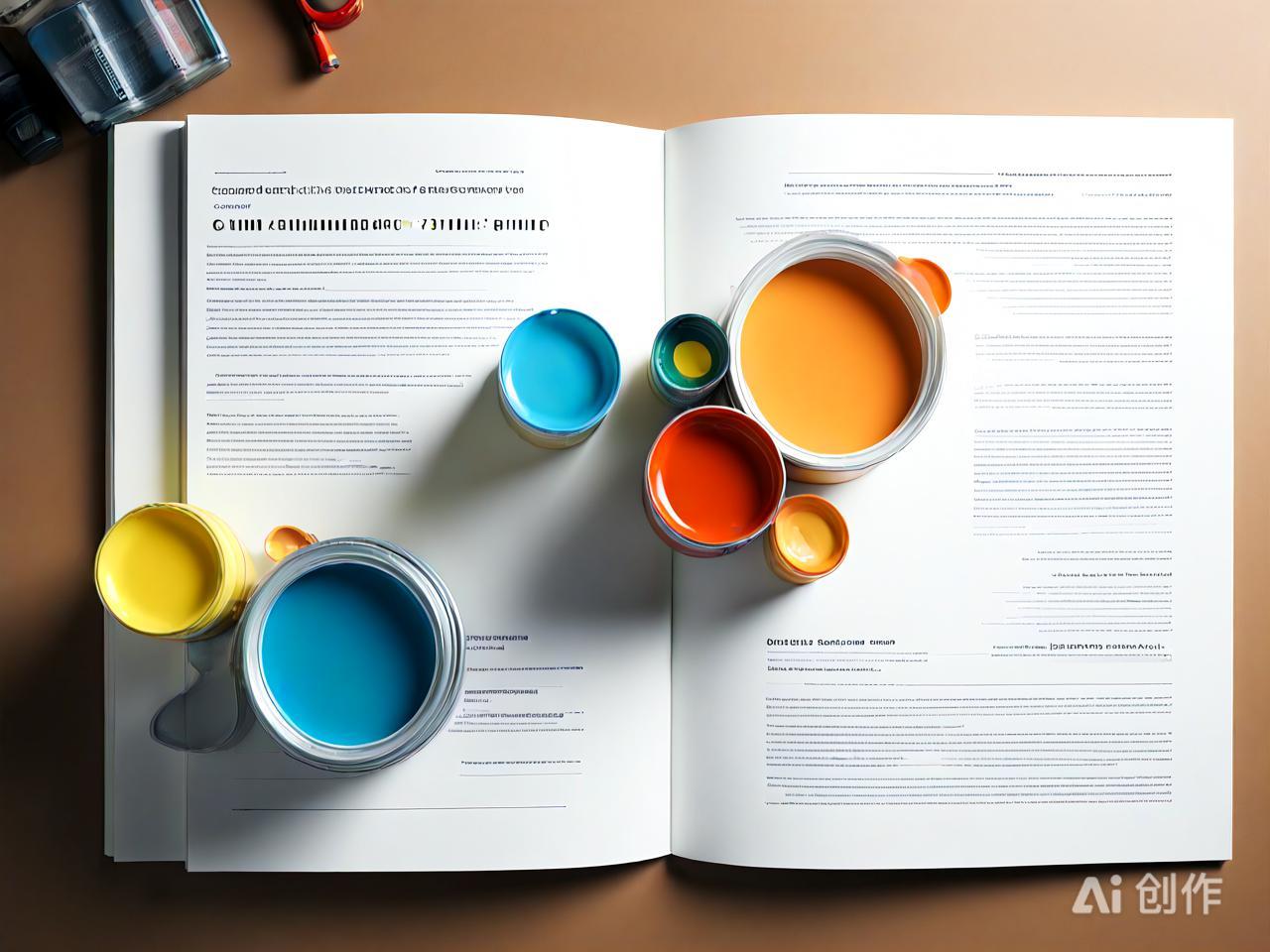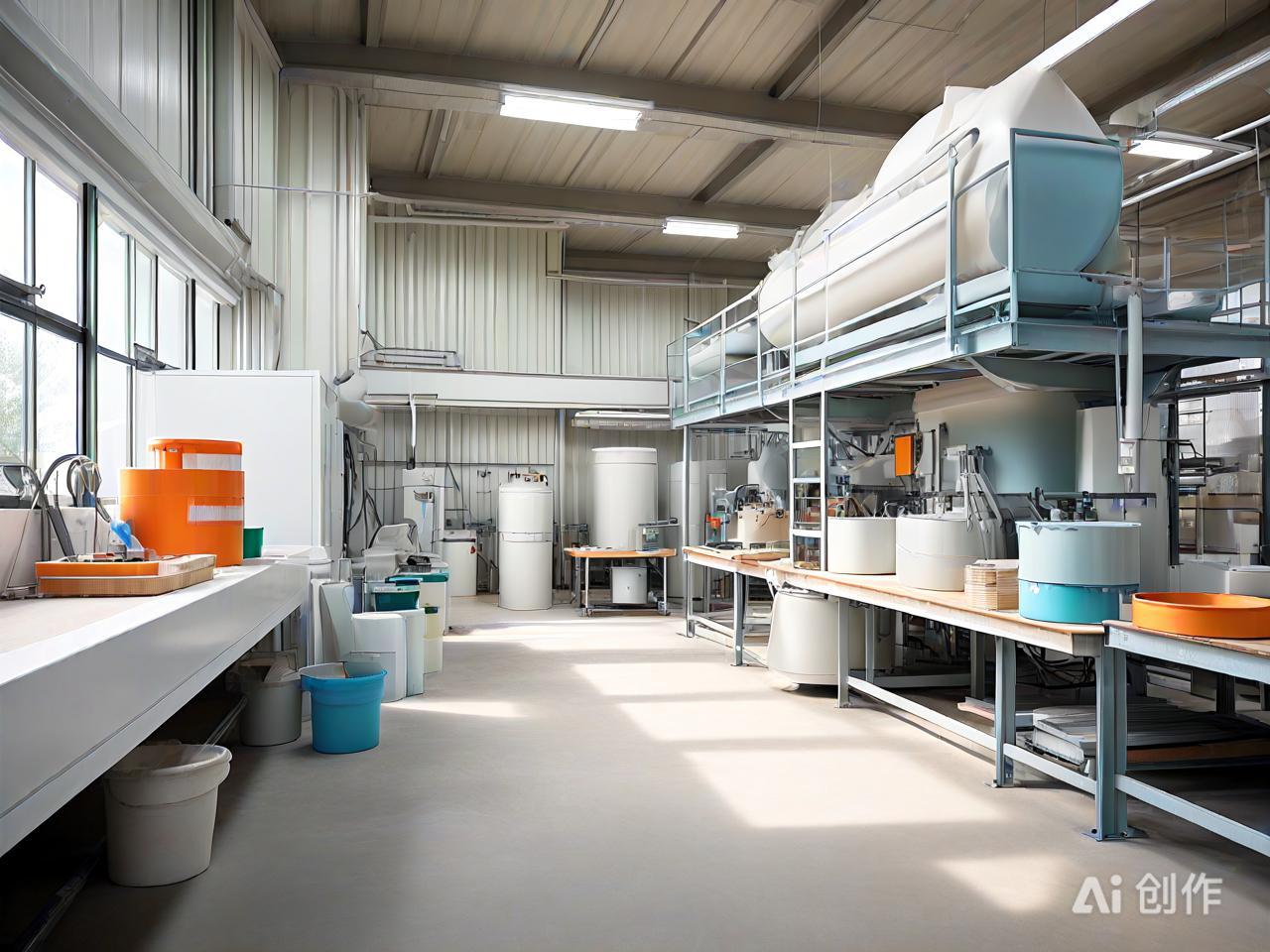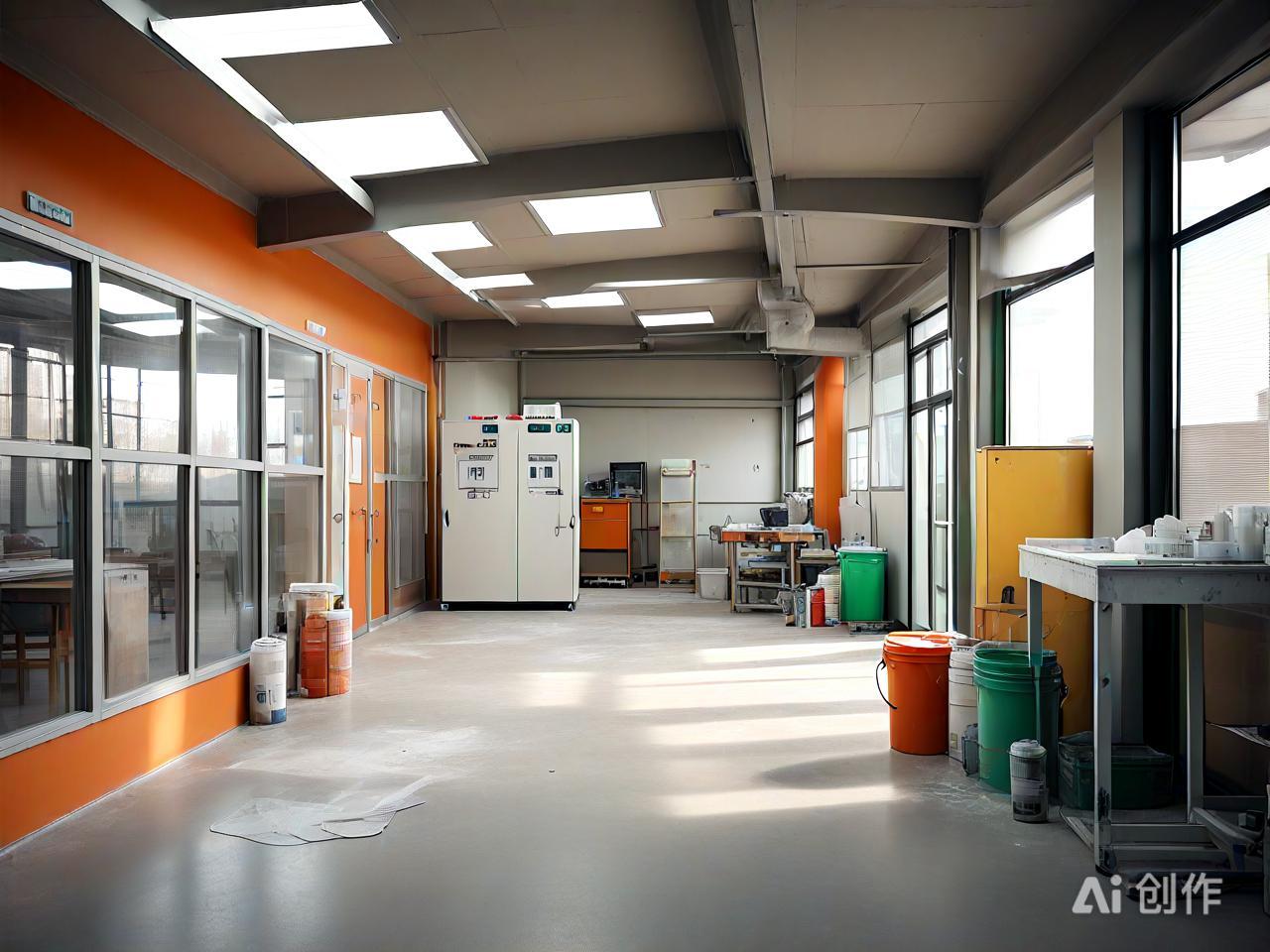A Comprehensive Guide to Types of Industrial Paints
Industrial paints are essential for protecting surfaces from environmental factors, enhancing durability, and improving aesthetics in various industrial applications. Understanding the different types of industrial paints and their specific uses can help you choose the right coating for your needs. This guide provides an overview of the most common types of industrial paints.
1. Epoxy Paints
Characteristics:
Composition: Made from epoxy resins and hardeners.
Properties: Excellent adhesion, chemical resistance, and durability.
Applications: Ideal for floors, tanks, pipelines, and metal surfaces.
Advantages:
High resistance to chemicals, abrasion, and moisture.
Provides a hard, durable finish.
Disadvantages:
Can yellow when exposed to UV light.
Requires proper surface preparation for optimal adhesion.
2. Polyurethane Paints
Characteristics:
Composition: Made from polyurethane resins.
Properties: High gloss, UV resistance, and flexibility.
Applications: Suitable for exterior surfaces, automotive coatings, and industrial equipment.
Advantages:
Excellent UV resistance and color retention.
Provides a smooth, attractive finish.
Disadvantages:
More expensive than some other types of paint.
Requires careful application to avoid defects.
3. Alkyd Paints
Characteristics:
Composition: Made from alkyd resins and solvents.
Properties: Good durability, ease of application, and gloss retention.
Applications: Commonly used for machinery, equipment, and structural steel.
Advantages:
Easy to apply and dries quickly.
Provides a durable, glossy finish.
Disadvantages:
Lower chemical resistance compared to epoxy and polyurethane paints.
Contains VOCs, which can be harmful to the environment.
4. Acrylic Paints
Characteristics:
Composition: Made from acrylic resins.
Properties: Fast drying, UV resistance, and water-based options available.
Applications: Suitable for exterior walls, roofs, and industrial equipment.
Advantages:
Environmentally friendly with low VOC content.
Provides excellent UV resistance and color retention.
Disadvantages:
Less durable than epoxy and polyurethane paints.
May require more frequent maintenance.
5. Zinc-Rich Paints
Characteristics:
Composition: Contains a high concentration of zinc dust.
Properties: Provides cathodic protection to metal surfaces.
Applications: Ideal for steel structures, bridges, and marine environments.
Advantages:
Offers excellent corrosion protection.
Extends the lifespan of metal structures.
Disadvantages:
Requires proper surface preparation for optimal adhesion.
Can be more expensive than other types of paint.
6. Chlorinated Rubber Paints
Characteristics:
Composition: Made from chlorinated rubber resins.
Properties: Excellent water and chemical resistance.
Applications: Suitable for swimming pools, tanks, and marine environments.
Advantages:
Provides a durable, waterproof finish.
Easy to apply and maintain.
Disadvantages:
Contains VOCs, which can be harmful to the environment.
Limited UV resistance.
7. Silicone Paints
Characteristics:
Composition: Made from silicone resins.
Properties: High heat resistance and weather ability.
Applications: Ideal for high-temperature environments, such as chimneys, boilers, and exhaust systems.
Advantages:
Withstands extreme temperatures.
Provides excellent weather resistance.
Disadvantages:
More expensive than other types of paint.
Requires specialized application techniques.
8. Fluoropolymer Paints
Characteristics:
Composition: Made from fluoropolymer resins.
Properties: Exceptional UV resistance, chemical resistance, and durability.
Applications: Suitable for architectural coatings, industrial equipment, and automotive finishes.
Advantages:
Provides long-lasting protection and color retention.
Resistant to harsh environmental conditions.
Disadvantages:
High cost compared to other types of paint.
Requires professional application for best results.
9. Intumescent Paints
Characteristics:
Composition: Contains fire-retardant chemicals.
Properties: Expands when exposed to heat, providing fire protection.
Applications: Ideal for structural steel, buildings, and industrial facilities.
Advantages:
Provides critical fire protection.
Enhances the safety of buildings and structures.
Disadvantages:
Requires proper application to ensure effectiveness.
More expensive than standard paints.
Conclusion
Choosing the right type of industrial paint depends on the specific requirements of your project, including the environmental conditions, substrate material, and desired performance characteristics. By understanding the properties and applications of different industrial paints, you can make an informed decision and ensure long-lasting protection and durability for your surfaces. Invest in high-quality industrial paints and professional application to achieve the best results.

